Unleashing the Power of the Past: Analysing for a Brighter Future
It is often said that managers’ life today is full of pressures. It could be right because even the most experienced manager will sometimes face an uncomfortable situation. A specific situation that makes it hard for managers to make a decision. However, as we know, there’s always a key to every problem. Here we want to introduce a methodology that can help managers to overcome such situations, which is the Atkins and Murphy model of reflection.
Experience is the wisest teacher.
Managers are an important element of an organisation. Their actions can greatly influence the company and workplace environment. Sometimes they look so great and make people lose sight of how complicated and dynamic their roles can be. Here with Atkins and Murphy model of reflection, we will talk about every aspect that a manager can use to deal with challenging situations or uncomfortable experiences to develop a suitable framework and use them for better decision-making in future actions.
What is Atkins and Murphy Model of Reflection Theory?
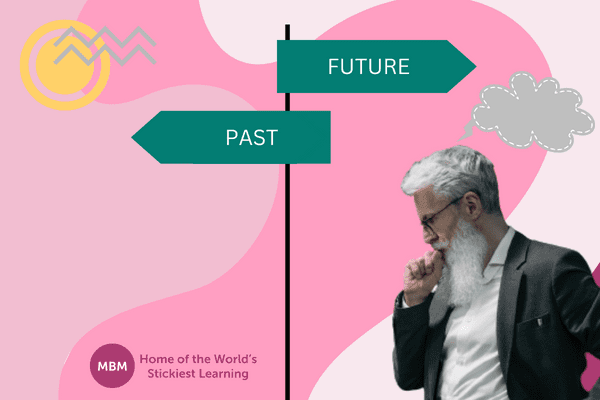
Sue Atkins and Kathy Murphy developed their theory of reflective practice in 1994. Basically, this theory asks the manager to take time to analyse their work performance and set up a framework based on their experience for a better decision-making process in the future. This is a very good methodology that can use especially for difficult situations.
Why do we say it is good? Because this theory will bring you to your own journey, to the specific experience in the past. You will have the chance to develop a learning method that will require you to think deeply about your specific action. It will be about why you acted and responded in a certain way in the past. And how much your knowledge level or your beliefs may have affected your own decision-making process.
Atkins and Murphy model of reflection explains that there is a big indicator that shows difficulties in thinking about uncomfortable experiences. However, in fact, managers need to go through these experiences they faced in the past in order to develop better strategies for similar events in the future.
In other words, it is important to know about the reflection of your past actions and how these can affect the outcome and your current situation right now. All about self-development. Reflection theory will guide you to go through your own knowledge and be aware of the effect it can bring for you or your future decisions.
Five Stages of Atkins and Murphy Model of Reflection
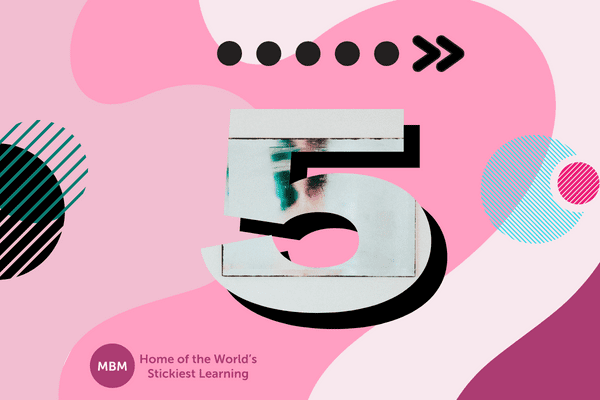
Overall reflection model means a structured process to guide managers or professionals to do analysis and improvement from a special event in the past. This is a special concept that will emphasise the awareness of certain knowledge, past experiences, and special beliefs. Now, we will go into detail about the stages inside Atkins and Murphy model of reflection.
1. Atkins and Murphy Model of Reflection: Awareness
Everyone including managers has certain uncomfortable experiences. And, of course, many of us feel uneasy going back to these experiences in order to analyse the situation or everything that we need related to the events. However, it is important to gain basic knowledge about the reason why we categorise those experiences as uncomfortable experiences. This is the first stage from Atkins and Murphy model of reflection as the starting point.
2. Atkins and Murphy Model of Reflection: Describe
After getting the basic information about the specific event that you want to analyse, now the next stage is to dig for more information about the situation. In this stage, you need to focus on how, what, where, when, and why this event created an uncomfortable memory for you. This is the second stage of Atkins and Murphy model of reflection.
3. Atkins and Murphy Model of Reflection: Analyse
The third stage of Atkins and Murphy model of reflection will guide you to have an assumption about the event. This is related to the feeling that you get before the actual event happened in the past. Two major questions will get explored in this stage. The first one is, were you aware that the event would happen and create an uncomfortable experience for you? The second one is, have you considered another possible or alternative event that could happen in case you choose a different action or decision related to the event?
4. Atkins and Murphy Model of Reflection: Evaluate
After you consider another scenario or event that could happen in stage three. The next stage in Atkins and Murphy model of reflection is to evaluate. Now is the time to get a new perspective by evaluating your action, behaviour, or decision related to the event. Gaining knowledge can provide you with a fresh perspective and make it easier to understand new concepts.
This can be done once you did the previous steps carefully in the right way. Now, everything will be clearer for you. You have the right knowledge that a specific action or response in the past toward the event can bring a specific result or uncomfortable experience that you felt until now. Otherwise, once you change your specific action, behaviour, response, or decision toward a similar case in the future, it will bring different results or outcomes.
5. Atkins and Murphy Model of Reflection: Identify
The last stage of Atkins and Murphy model of reflection is the identification phase of the whole learning stage. As a manager, you need to draw a conclusion about a specific action that you identify as the culprit that created the problem and commit to changing this specific behaviour for a future similar event.
You also need to develop an action plan to use this whole learning process conclusion in order to create an effective and efficient way for similar future situations. Once you master this whole five stages, then you don’t need to worry about facing any uncomfortable situations anymore. This is the last stage from Atkins and Murphy model of reflection.
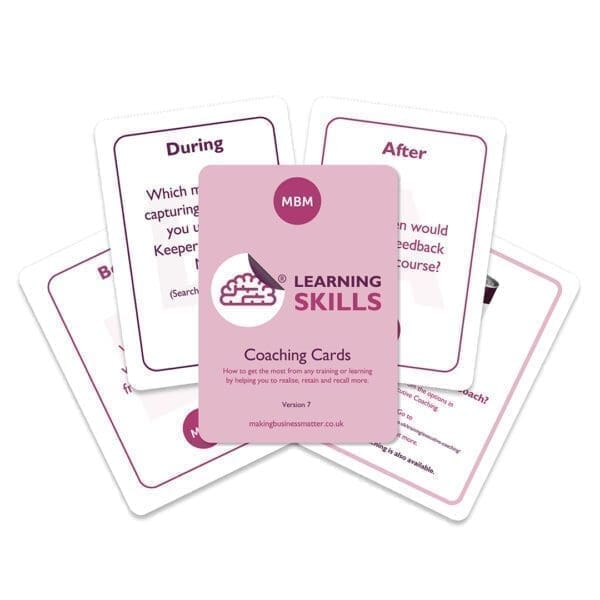
Improve your learning skills with our coaching cards. Click the link below to access.
>> Learning Skills Coaching Cards <<
What Are the 3 Models of Reflection?
A model of reflection is a structured method to guide a deeply personal analysis of a specific situation in order to make improvements for current or future similar events.
There are several famous models of reflection that can be used besides Atkins and Murphy model of reflection. Here we will introduce you to three kinds of models of reflection that surely will help your reflection process.
#1- Johns Model of Reflection
This model of reflection suggests considering two major aspects. The first one, you need to discover knowledge from your internal aspect. The internal aspect includes your own thoughts and emotions toward the specific event that you want to analyse.
The second one, you need to explore information from an external aspect. This external aspect includes external factors, and it could be the actual event itself, the situation at that time, or the people who were involved and affected by the event at that time. These aspects will make sure you create a balance and get all the information you need in order to make a better decision in a similar situation in the future. Probably you might think of the similarity between Johns model of reflection and Atkins and Murphy model of reflection.
Consider the Reflective learning models in the context of higher education: Concept analysis by Remigijus Bubnys and Vilam Zydziunaite in 2010. They analyse how Johns (2004) set a detailed formula through a lot of questions, which helps the professional to follow certain guidelines in the model of structured reflection.
#2- Driscoll Model of Reflection
This is one of the simplest models of reflection. Driscoll contains only three stages, which are: What? So What? and Now What? Basically, it explores what exactly is happening with the event you want to bring up for the analysis, what kind of feeling you get from that specific event, or how you react to it. And the last stage will talk about the learning process aka. what you have learned from the event, and how this can help you with your future decision for a similar event that could happen in your current time right now or in the future. One can say Driscoll model of reflection can be used for a quick reflection, and on the other side, Atkins and Murphy model of reflection is generally used for a deep reflection.
#3- Gibbs Model of Reflection
From the surface, it seems Gibbs model of reflection is the most complex model of reflection. However, it will help you a lot especially to deal with uncomfortable experiences that happened regularly. It covers six stages, which are Description, Feelings, Evaluation, Analysis, Conclusion, and Action Plan.
It is important to note, even though a model of reflection is mainly used for uncomfortable experiences, however, each model can also be used for comfortable experiences.
What is the Best Reflection Model?
There are many kinds of reflection models besides Atkins and Murphy model of reflection, and you already know some examples in this article. Although possibly the structure and format look similar, however, they serve a different kind of purpose.
Most of the models will begin with a description of what actually happened with the event you want to bring up. This is the starting point. And then, we will enter the next stage where you need to make an analysis related to the situation. This is making sense because this is where the learning process will get involved and you will need to collect as much information as you can get. And finally, the last stage will usually be the conclusion phase and the stage where you will develop an action plan for better decision-making in similar future events.
Now, when it comes to the question of what is the best reflection model. Then our suggestion is Atkins and Murphy model of reflection. The reason is that it is used for a deeper level of reflection. This makes it very suitable for managers in today’s lifestyle.
Furthermore, this model encourages the user to consider assumptions and make a deep analysis of their experience to get a better conclusion or action plan for a better decision-making process in the future. Here, we will summarise the differences between the four models that we are talking about above based on common questions that are usually used by each model. Let’s review the table below. Click for a higher-resolution PDF.
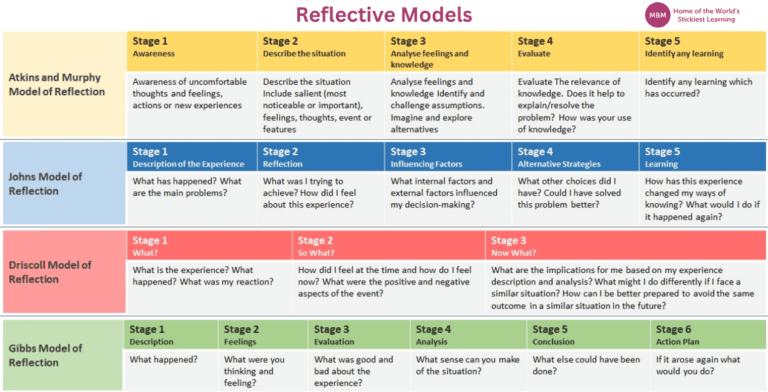
Example of Reflection Models
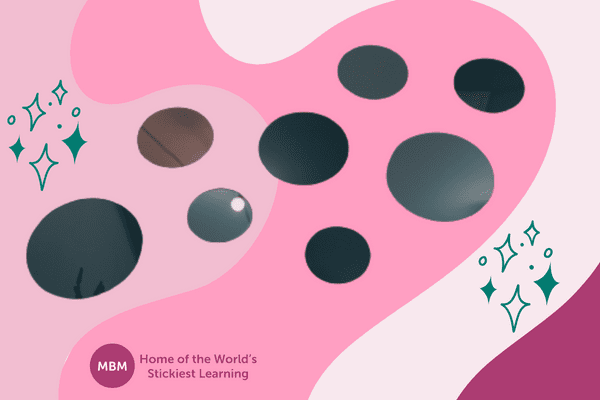
The theories behind reflective thinking seem to be very complex. There are many different models besides Atkins and Murphy model of reflection. However, an understanding of the basic concept should help you to become familiar with the similarities and differences. The reflection models will always ask us to start with a special experience, either a repeat of an event that has happened before or a completely new event to us. After that, based on the specific guidance from each kind of model, we will analyse what really happened, its influence on us, and what we can do with that in order to create something better related to a similar experience in the future. For a better understanding, let’s take a look at the examples below.
#1- Example of Atkins and Murphy Model of Reflection
1. Awareness:
Let’s get an example from a CFO of a famous luxury hotel. He gets an uncomfortable experience related to asset cost. It is well-known that fixed assets of a hotel business will usually have high prices. Some of the examples from the list are land, building, machinery and equipment, office equipment, vehicles, and software.
2. Describe:
At that specific time around two years before, he lacked to predict or prepare a budget for a new hotel software related to an accounting software system. This kind of software would be a hotel asset and very advance because it will help to smooth the hotel’s operating system.
3. Analyse:
He analyses the case, and if he can predict this expense before and put it in the budget then he will not need to face a crowded and rush system in the hotel’s high season.
4. Evaluate:
After analysing several similar scenarios that could happen now or in the future. Now, he evaluates some unpredictable costs that could happen in the future. It is not just related to accounting fixed costs itself, but almost all other expenses related to software updates, market situations, and government rules. All these elements are unstable and need special attention.
5. Identify:
This CFO learns from his previous uncomfortable experience to create some special budget posts for some unpredictable assets, and he also increases the budget percentage for software expenses in order to avoid the same uncomfortable experience in the future. Now, after setting up some appropriate action he can be sure that he will not face uncomfortable situations again and will be more ready for the future.
#2- Example of Johns Model of Reflection
1. Describe the Experience:
Let’s learn from Dave’s uncomfortable experience. Dave is an architect who specialises in his work designing modern houses. Once upon a time several years before, he got a client that asked him to do the design for his luxury modern house. This is a contract without detailed clear project requirements. It made the client keep adding something and want to make a revision from time to time to the design that should have gotten the deal from the first start.
2. Reflection:
From this uncomfortable experience. Dave wants to make sure that he learns from what he did wrong in the past. Because of so many bad consequences, he needs to get away from this bad project. Both parties, either him or the client didn’t like the final result and brought a bad image to Dave’s reputation. He felt down at that time and blamed himself for taking the wrong decision that in the end affected his carrier.
3. Influencing Factors:
Based on Dave’s analysis, there were several factors that affect the situation at that time. In the first one, basically, Dave thought this was a big project for him and he let the client request many things, which some of the requests were hard to do or almost impossible to design. Dave knows he said yes to almost all of them just because they are very important clients. And now he knows this is the big factor that created a problem later.
4. Alternative Strategies:
Of course, there are always options to choose from. Dave realises the importance of project deals at the beginning. He needs to set up the first design and asks the client if it is already okay for them or not. Once they say yes, then he can continue the project. However, once they want to make any revision, of course, he can take a look first if it is possible or not and make the necessary revision. But, if he sees that as impossible to do, it is better to say no to the project from the beginning. He knows this is the best possible option to take.
5. Learning:
He is still young and smart. Carrier is the most important element in his life. And now, after doing the model of reflection he knows he will be okay for now or in the future. He will change his way of thinking when accepting a project to avoid a similar case happening. Now, his uncomfortable experience feels not too bad, since it teaches him a lot of things. He will make sure the design gets approved first before continuing the project with every client he faces from now on.
#3- Example of Driscoll’s Model of Reflection
Step 1: What?
An HR manager has an uncomfortable experience when recruiting a CFO for her company. At that time, she needs to make recruitment for CFO in a short-limited time. She got a candidate from one friend’s suggestion. A new one who just move to the city. He looks young and smart. The candidate looks so clean in his CV. And he has several famous references from his data list.
Step 2: So What?
At that time, when she did the interview, she got a feeling about how well the person talked. She gave a good response to most of the candidate’s information. Because of the limited time of recruitment, she didn’t get the chance to deep research the candidate’s background history.
However, everything looks good and she only has that one good candidate at that time. Of course, this is only based on her perception. She didn’t take more time to find the other candidate and yes, it is a rush decision. She brought him to the general manager who basically just acted based on her suggestion. Later she found out that the candidate had a problem with emotional control, and was not familiar with the company system. He also usually takes his own decision related to the company’s financial aspects.
Step 3: Now What?
From the experience, she learned that for a specific candidate that will be put at the company managerial level, she needs to not only see his resume or first impression. It is important to ask some older people from the related department to also give an analysis about how much the candidate knows about the specific job they offer. And she needs to check and do deep research about the candidate’s background information. With this strategy, she concludes that everything can go right next time if she chooses to do this phase of the interview process even if she only gets a short time period of recruitment.
#4- Example of Gibbs Model of Reflection
1. Description:
Let’s take an uncomfortable experience from a pilot for a rented plane, a special pilot for tourism passengers. At that time, the customer has a special request to get a tour above a big special island to enjoy the scenery.
2. Feelings:
Everything was going right and beautifully at first because they enjoyed many waterfalls scenery. Until they faced an uncomfortable experience when they tried to fly higher and at the point of at least 7000 ft off the water’s surface. And everybody starts screaming and yelling especially the kids.
3. Evaluation:
They are rules that need to follow and knowledge that need to be used. As a pilot, it should be right to use his own consideration whenever facing difficult situations. Keeping calm and focused will be the most important element to hold on to in crisis situations. Risks sometimes trigger fun situations; however, they will not be good options to take especially for strange or unfamiliar routes.
4. Analysis:
This event is important to take as a special experience to be an expert. It can teach many things and how to deal with difficult situations. The real experience that happens in the air will be a good teacher for the next similar situation.
5. Conclusion:
A pilot is one of the pillars of the aviation industry. Their job is very interesting however, they have high responsibility and need to be fully knowledgeable with all regulations to make passengers and cargo safely reach their destination. And it is very important for the pilot to use his own knowledge to do the job. In this case, don’t blindly accept and follow passenger requests even if they book the plane at a special price or because they are important passengers.
6. Action Plan:
Be familiar with the plane that will be used, check everything related to the route, and distribute the rules to the passenger to avoid any unusual requests while in the air. These actions will prevent the pilot from facing a similar uncomfortable experience in the future.
Tips and Strategies Related to Models of Reflection
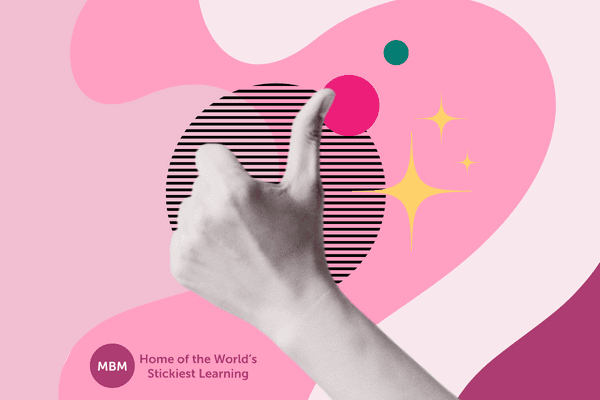
The model of reflection is a key focus factor for professionals or managers to develop their own skills especially to avoid bad situations that are similar to their uncomfortable experiences in the past to again in their current time or in the future.
Of course, this model of reflection can also be used for good experiences. However, generally, they are used for uncomfortable experiences, such as in Atkins and Murphy model of reflection. As a professional or a manager, for sure, we have the power to do a reflection. But the level we engage in the model may vary. So, for better practice, here we share some tips and strategies related to how to do a model of reflection.
1. Be Open-minded:
What we mean here is, you need to be able to be more introspective, and considerate. Choose the event or uncomfortable experience you want to bring up. And be honest with yourself about all the elements that happened at that time.
2. Create Time:
Don’t rush it if you want an excellent result. Take time to do it step by step based on the model’s stages. You need to provide time in order to do this model of reflection. Remember, it is crucial for your career. It makes you understand your own thinking and learning level. It also allows you to revise your previous understanding, consider all elements that can affect your decisions, and make them better for the new task.
3. Explore the “How”:
You need to explore the question of how that particular situation can happen to you. What is the reason behind that? Gather all the information, and find out which one you can avoid so you also have big possibilities to avoid a similar event happening to you in the future.
4. Explore the “Options”:
You always have options. For almost everything in life, we do always have options. Be wise and honest to choose and differentiate which one is better for you and focus on that. Yes, it could be right. The right option is not always the easy thing to go. But, if it is right, then it will bring more positive outcomes or result in the end for you and your career.
5. Focus on What You Can Do:
Remember to only focus on all the things you can control or you can do, not focus on what external factors can affect you again. While you may not be able to guarantee the outcome or result when you face a similar uncomfortable experience. However, if you concentrate solely on what you can do in the present moment, you will realise that the outcome may surpass your expectations and improve upon any challenges you have encountered in the past.
6. It’s Not a First-time Success Thing:
You need to review and do better from time to time, event to event, or experience to experience. Something you need to realise is that you can feel stressed out because the first attempt might not work 100%. However, it will go better and better from time to time. All you need to do is just try your best and do your best, the result will come based on your effort level.
Reflection brings many benefits to managers’ professional life. As we explain Atkins and Murphy model of reflection and the others’ model also allow you to relate the knowledge you have now to your previous understanding that affects your decision-making process in the past.
Recurring reflection activities will encourage the managers to think and analyse their decision-making process and how it affects their experience. With a better understanding of how the model of reflection works, managers will be able to create action plans or conclusions to provide better decisions for similar future situations.
Engage with us on Linkedin.




